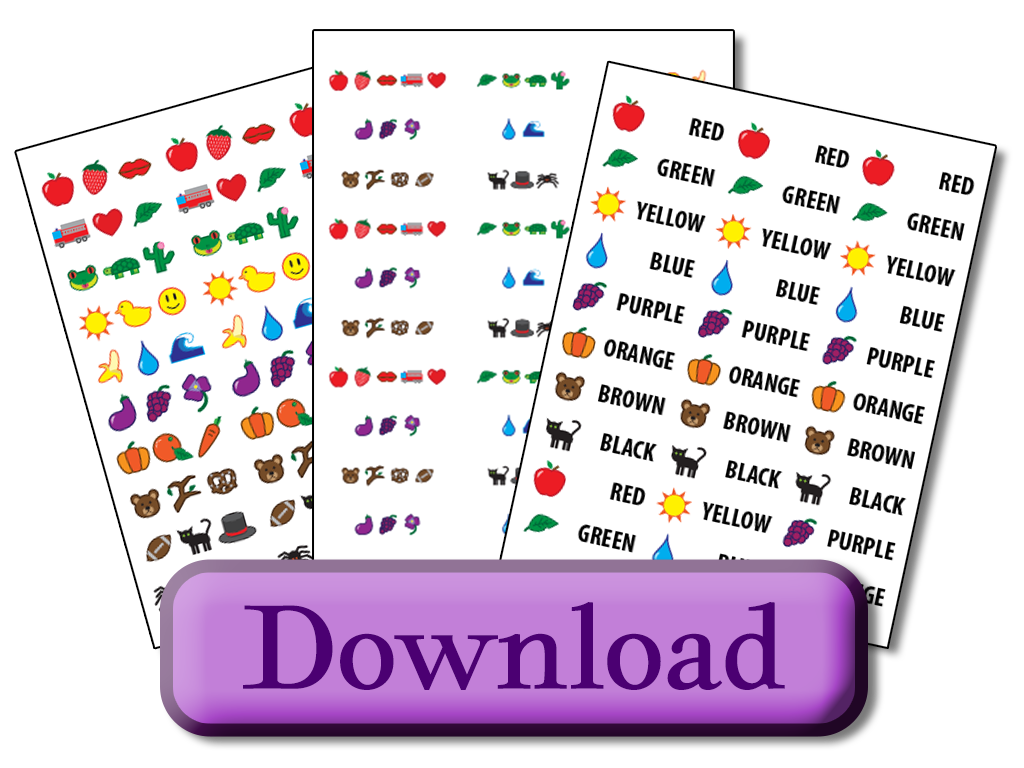
Color Blindness Education Resources
Signs and symptoms that may indicate color deficiency or color unawareness:
- Children with color unawareness often mix up colors or use an odd color for coloring something. Such as coloring the skin on a person green or the bark of a tree purple.
- Children with colorblindness tend to smell food before eating it. This is often an indicator because the child is coping with being unsure of what they are eating since they don’t know what color it is. They may not know if it’s a purple grape or a cherry tomato, but smelling will confirm it for them.
- For the color unaware, coloring is a chore and tends to be unpleasant, they may even complain of a headache or eye strain when doing this activity for a while.
- Kids with color deficiency tend to have an excellent sense of smell and also good night and low light vision.
What to do if you suspect a child is struggling with their colorvision?
There are colorblindness screenings targeted for adults and also special ones for children who may not be able to identify numbers yet. Call your pediatrician or eye doctor and schedule an appointment for an evaluation.
How to cope?
Knowledge is power. Knowing about your child’s or student’s color unawareness gives you the knowledge to help the child work through his inability to recognize certain colors.
Preschoolers can be helped by putting stickers on markers, pencils and crayons.
Examine your child’s or student’s school work for items identified in color. Circle, underline or label them appropriately.
If you’re a parent, talk with the teacher in the classroom and identify color dependent areas. Such as books that might be sorted by colored labels or areas designated as different colors such as a “red” zone and seek an alternative method to identify.
Sports can be challenging and difficult for kids to identify boundaries. Particularly red or orange cones on the green grass and team uniforms that are similar to the opposing team. Recognize this as a potential issue and talk with the team coach about how best to eliminate these challenges.
Most importantly, just be observant! We often take for granted the colorful world around us. Children who are color deficient really are unaware of their struggles most of the time. Be observant,notice things that make color an overriding factor. Such as warning labels, play dough, paints, food labels, and etc.

